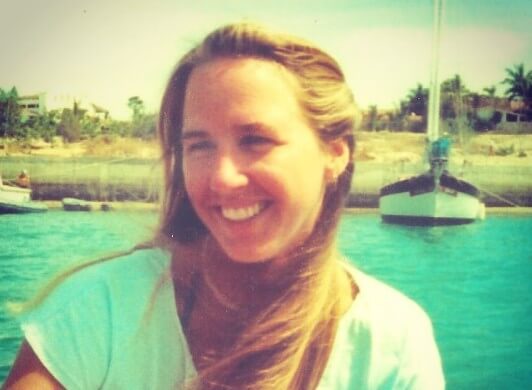In 1983, what began as a dream voyage across the Pacific for 23-year-old Tami Oldham and her fiancé Richard Sharp turned into an unimaginable test of endurance and loss. Stranded alone in the aftermath of a devastating hurricane, Tami’s incredible story of love, tragedy, and survival became the inspiration for the film Adrift. But before the storm, there was a bond that would carry her through the darkest of seas.
A California Girl with Saltwater in Her Soul

Tami Oldham was born in San Diego in 1960, in a place where ocean breeze replaces alarm clocks and flip-flops are considered formal wear by locals.
From a young age, Tami showed a fierce independence and a thirst for adventure, often found closer to boats than books, dreaming of faraway islands and open horizons.
By her early twenties, she was crewing yachts like a pro—charting routes, trimming sails, and outmaneuvering men twice her age with nothing but intuition and grit.
A Chance Meeting in Paradise
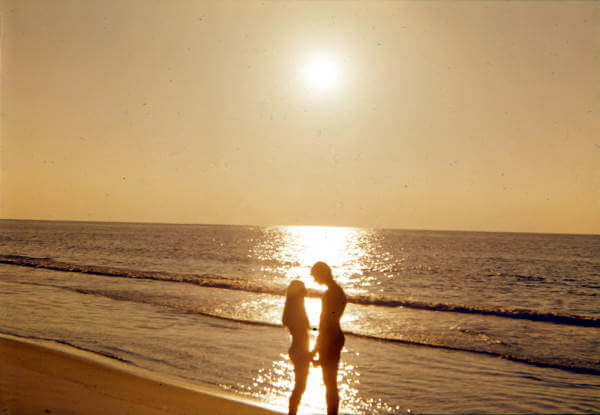
While working in Tahiti—because of course she was—Tami met Richard Sharp, a handsome British sailor with cheekbones and charm sharp enough to cut anchor rope.
He was a skilled navigator, self-taught and fearless, with a British accent smoother than Caribbean rum. Tami was hooked—by the man and the lifestyle he represented.
Their connection was instant, magnetic, and intense. Within months, they weren’t just dating—they were sailing together, building trust one nautical mile at a time under endless Pacific sunsets.
A Voyage with Destiny
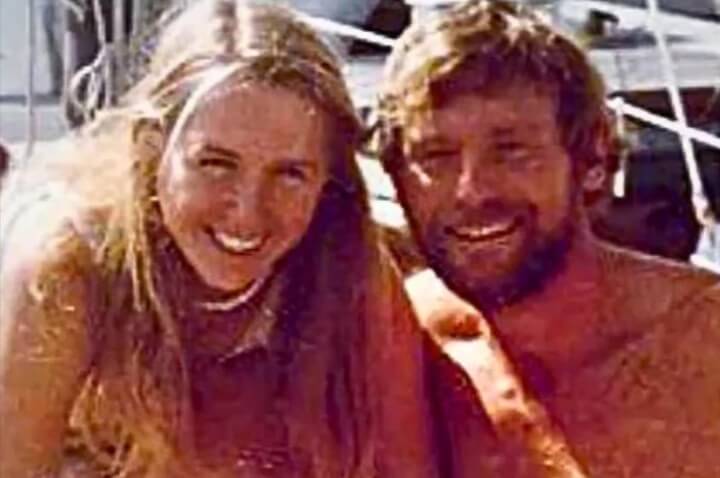
In September 1983, the couple agreed to deliver a luxury yacht, Hazaña, from Tahiti to San Diego—a 4,000-mile trip they saw as pure adventure.
The yacht belonged to friends of Richard, and the job paid well, but for them it wasn’t about money—it was about the thrill of the journey.
They set sail full of excitement and optimism, with clear skies above and the open sea ahead—completely unaware that a Category 4 hurricane was forming nearby.
A Storm Brews Where Dreams Once Lived
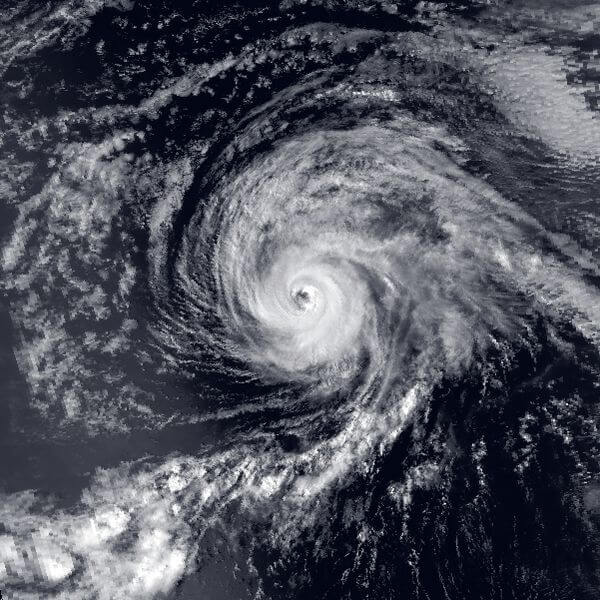
A few weeks into the voyage, weather reports warned of Hurricane Raymond—a raging beast of wind and fury developing just off their projected course.
They had to decide: reroute and delay or push through and outrun the storm. Confident in their abilities, they chose to sail through its outskirts.
But the storm changed direction rapidly, becoming a nightmare of 40-foot waves and 140 mph winds. The ocean, once their playground, was now a merciless monster.
Nature Doesn’t Knock—It Kicks In the Door

As Raymond engulfed them, Tami and Richard scrambled to secure the boat—reefing sails, lashing down gear, trying to hold Hazaña together with sheer willpower.
The sky was black and boiling, the wind a screaming banshee. The yacht pitched violently, every wave threatening to flip them upside down or tear them apart.
Water crashed through the cabin like an angry mob. They barely slept. They ate fear for breakfast. This was no longer a trip—it was survival.
The Wave That Changed Everything
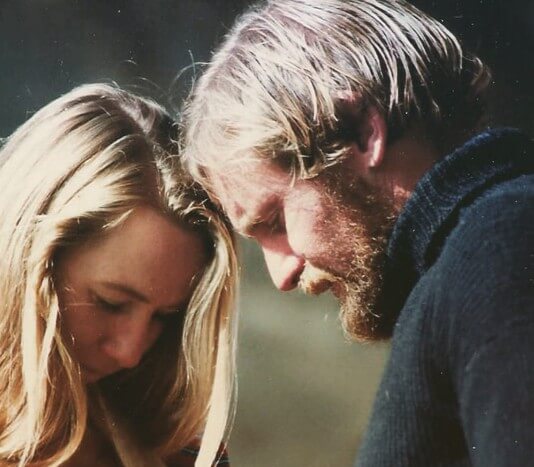
Suddenly, a monstrous wave—bigger than anything they’d seen—smashed the boat like it owed it money. Tami was thrown against the cabin wall, knocked unconscious instantly.
Richard screamed her name, but she faded into darkness. The boat capsized. When she woke up 27 hours later, the world was eerily still and silent.
She called for Richard. No answer. The love of her life was gone, swept away by the storm. The horror was deafening, even in the quiet.
Alone in the Void
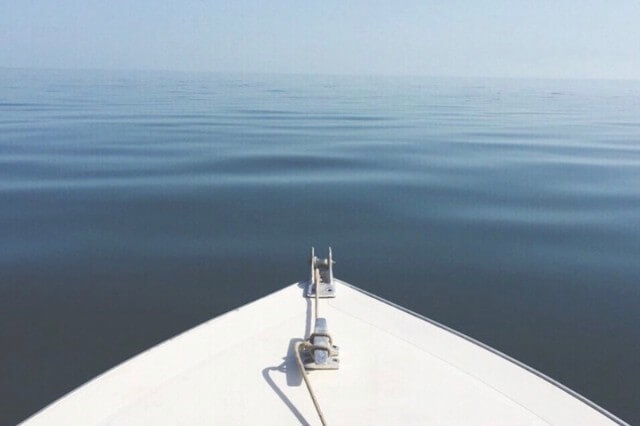
Tami stumbled onto the deck, disoriented and bruised. The mast was snapped, the sails shredded, the engine dead. And Richard—he was gone. Nowhere. Nowhere at all.
She screamed for him, hoping maybe he clung to wreckage nearby. But the sea gave her nothing. It had taken him, just like that.
Shock swallowed her. There was no time to grieve. She was alone, with a damaged boat, limited supplies, and 1,500 miles of Pacific Ocean ahead.
Fight, Float, or Fold
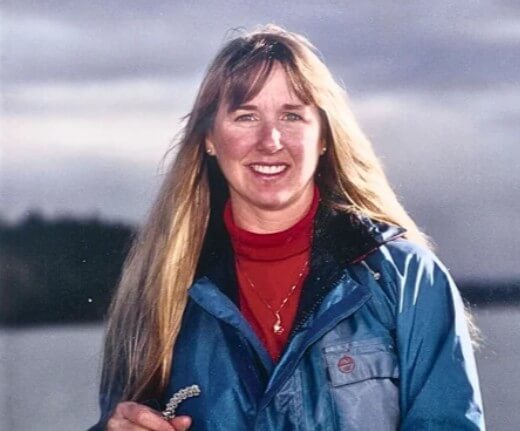
With no working engine or radio, and no backup crew, her only option was to sail. On a busted yacht. With a concussed brain.
She found a broken rig and began jury-rigging a sail using the storm-damaged lines. It was a desperate patchwork—nothing elegant, but possibly life-saving.
She used a sextant, a watch, and her sheer determination to figure out her position. Her new destination? Hawaii. A mere 1,500 miles. Just a casual detour.
Food: Now with Extra Sadness

She scavenged through the wreckage, finding a small stash of canned food: beans, fruit, and whatever the previous owners hadn’t eaten or secured properly. Gourmet, it wasn’t.
She rationed one can a day, making each meal a slow ritual. It was bland, depressing, and also the only thing keeping her alive.
She also found a stash of Richard’s favorite snacks. Eating them was like chewing memories—bitter, sweet, and painful. But survival demands more than sentiment.
Water, Water Everywhere

Luckily, the boat’s desalination pump survived the wreck. Every day, she manually pumped fresh water—a tedious process requiring strength she barely had left.
Each sip became a victory. She counted drops like currency. Without the pump, she would’ve been just another tragic headline: “Woman dies thirsty in water.”
She kept the water clean and stored in bottles, rotating it carefully. Hydration was survival. So was discipline. No crying. Too salty. Couldn’t waste precious moisture.
The Ghost of Richard Sharp
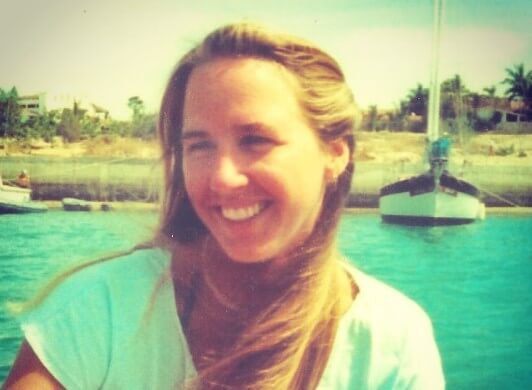
Alone at sea, Tami sometimes heard Richard’s voice—comforting, calm, guiding her through tasks. Whether hallucination or love, it gave her strength to push forward.
She imagined him at the helm, his hand on her shoulder, telling her what to do next. It made the silence a little more survivable.
She didn’t question it. She welcomed it. She needed it. If grief had a voice, it was his. Strong. Steady. Just as he always had been.
Fixing What’s Broken with Duct Tape and Hope
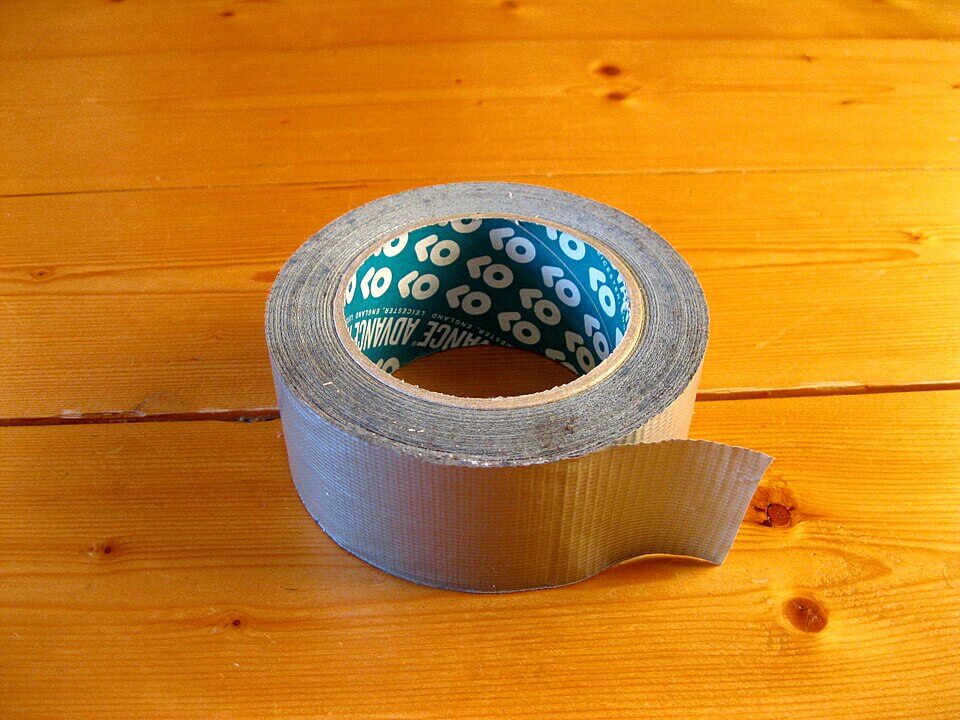
She began repairing torn sails with patches from spare fabric and rope. Every stitch felt like therapy. Every knot a small win in an endless fight.
She cleaned out flooded compartments, secured anything salvageable, and organized tools like a sailor-turned-Home-Depot. The boat became less wrecked. Still broken, but no longer dying.
The repairs weren’t pretty, but they held. Hazaña was a wounded bird, limping forward—but Tami was now the wind beneath her wing, literally and emotionally.
Sleep? Impossible
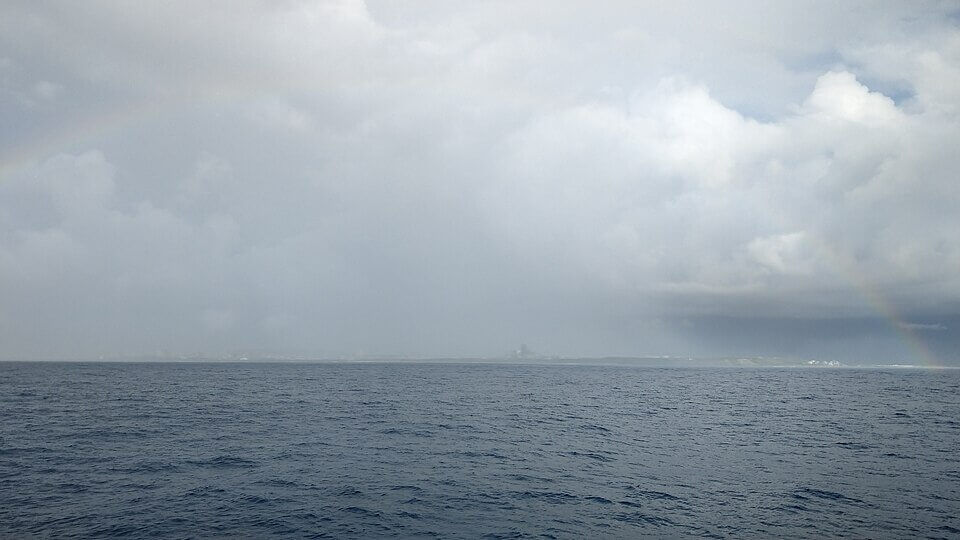
Sleep was terrifying. The fear of drifting into a storm or capsizing haunted her every time she closed her eyes. Rest became a luxury, not routine.
She learned to doze in short bursts, always waking in panic. Paranoia became her bedtime story. Dreams were either empty or full of drowning.
Yet somehow, she carried on. Her body adjusted. The mind is weird like that—bend it far enough, it stops complaining and just starts surviving.
A Logbook of Sanity
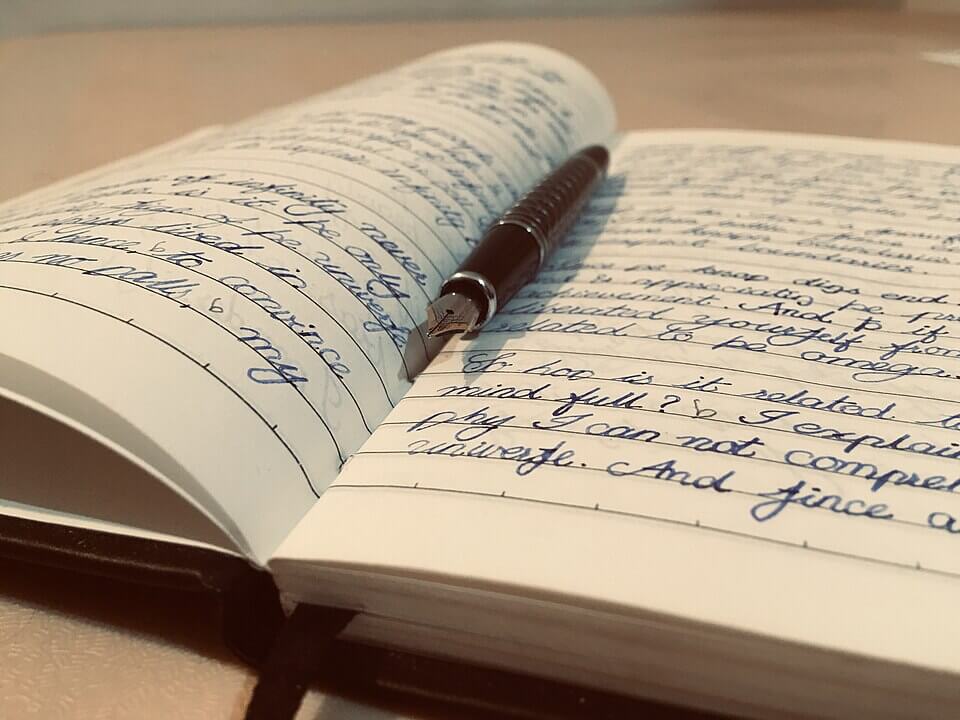
Tami began writing in the ship’s logbook—not just nautical notes, but thoughts, feelings, calculations, and desperate pep talks. Her handwriting got shakier by the day.
The logbook was her therapist, her timeline, and her proof of existence. If she didn’t make it, this would be her final word.
She also sketched stars, winds, and her estimated path. It was part cartography, part diary, part “please find this and know I tried.”
The Longest Days
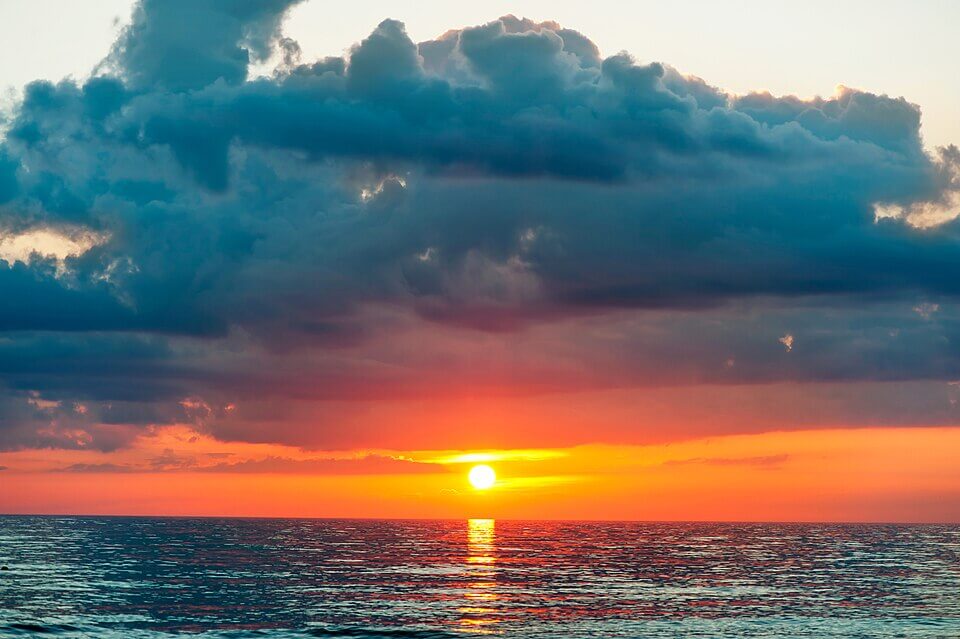
Time passed like molasses trapped in a freezer. Days blurred together. Sunrise and sunset became her only calendar. One goal: stay alive long enough to see land.
She stopped counting days. It made the isolation worse. She focused on small tasks—fix a rope, adjust a sail, pump water, don’t cry. Repeat.
Sometimes she stared at the horizon for hours, hoping for birds, planes, anything. But the sea stayed empty, quiet, like a cruel joke with no punchline.
Hallucinations on the High Seas
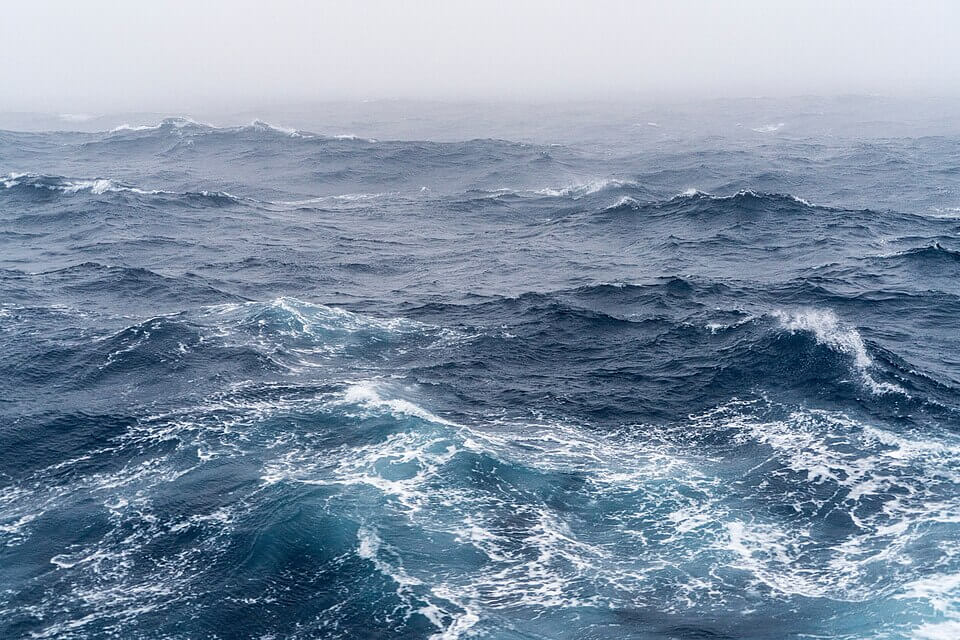
The brain gets weird when it’s starving, sleep-deprived, and grief-stricken. Tami saw strange things—lights, shadows, even imagined voices beyond Richard’s.
One day, she thought a ship was nearby. She screamed, waved flares, cried with joy. Then—it disappeared. Just the ocean teasing her again.
She learned to distrust her senses, rely only on logic and instruments. Emotion? Useless here. Only decisions, only movement, only survival. No room for hope hallucinations.
The Ocean: Gorgeous and Indifferent
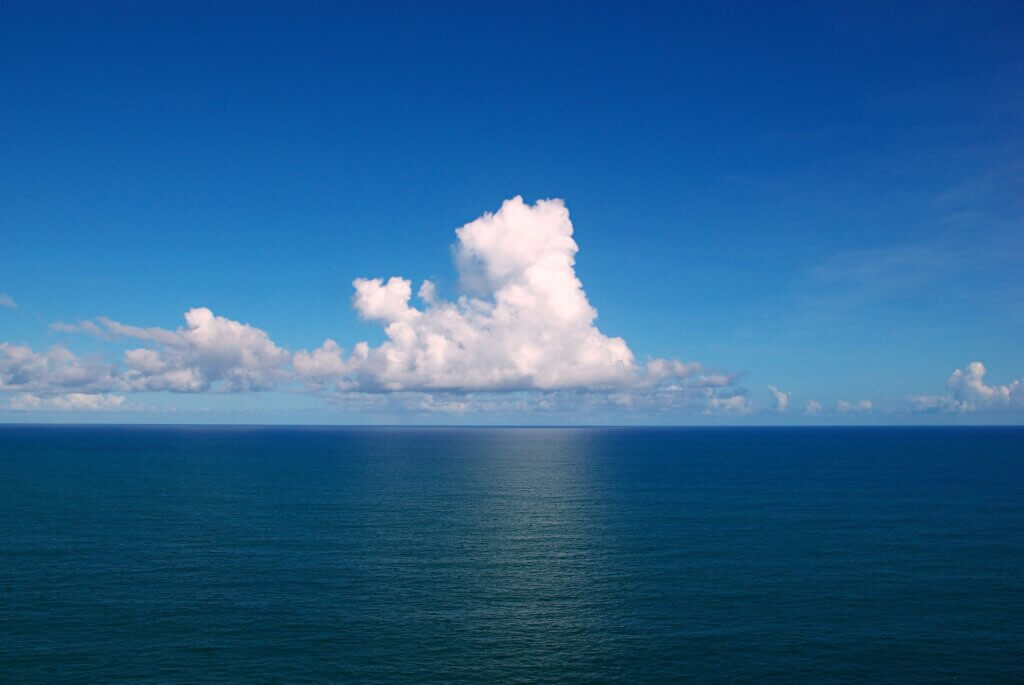
Some days were calm—sparkling water, pink skies, silence except for the waves. It was heartbreakingly beautiful. The ocean never once apologized for destroying her life.
Tami would sit and stare, numb, aching, sometimes angry. How could something so beautiful be so cruel? Nature doesn’t comfort—it just exists.
But even as she cursed it, she respected it. The ocean had no malice. It was just being itself. She had to be stronger than it.
The Navigation Gauntlet
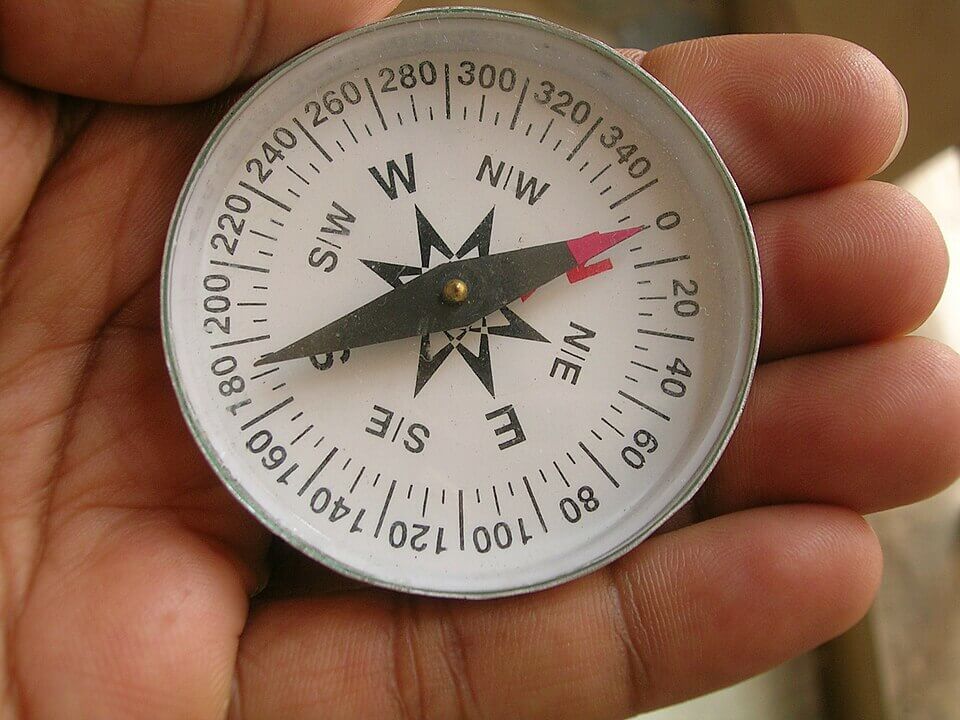
Her compass worked, but just barely. No GPS, no digital maps. She used a sextant and a nautical chart like some celestial mathematician with emotional trauma.
Each day, she measured the sun’s angle, compared it to the time, and calculated her position. One misread meant drifting forever.
She triple-checked everything, terrified of steering further off course. Every degree mattered. She wasn’t sailing—she was walking a tightrope over the biggest void on Earth.
Tiny Victories, Huge Meaning

One day, she managed to catch some rainwater in a tarp she’d rigged. It felt like champagne. She laughed out loud. A real win.
Another time, she caught sight of a dolphin pod nearby. For a moment, she wasn’t alone. Nature sent visitors, just not rescue.
These moments—small, fleeting—kept her spirit from totally unraveling. When you’re shipwrecked and heartbroken, you learn to celebrate things like that.
Sharks, the Unwelcome Roommates
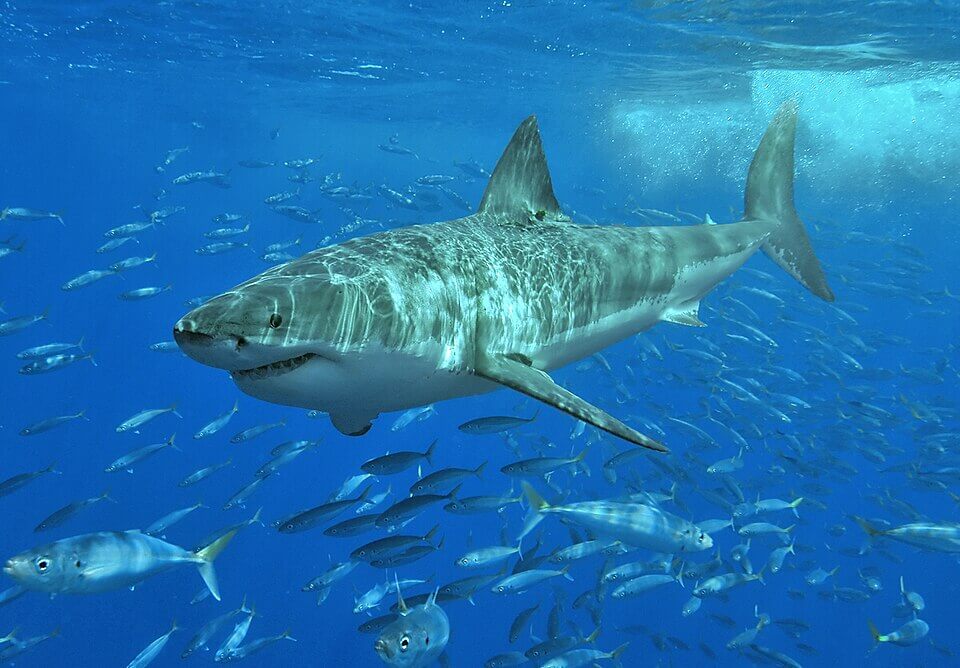
Once, she spotted a shark circling the boat. It wasn’t hunting—it was curious. But that didn’t stop her heart from falling into her stomach.
She banged on the hull, shouted, made noise. The shark eventually swam off, probably offended by her attitude. Mission accomplished.
She had enough nightmares already. A real-life shark encounter was one stressor too many. She preferred emotional trauma over literal sea monsters. Just barely, though.
The Weight of Silence
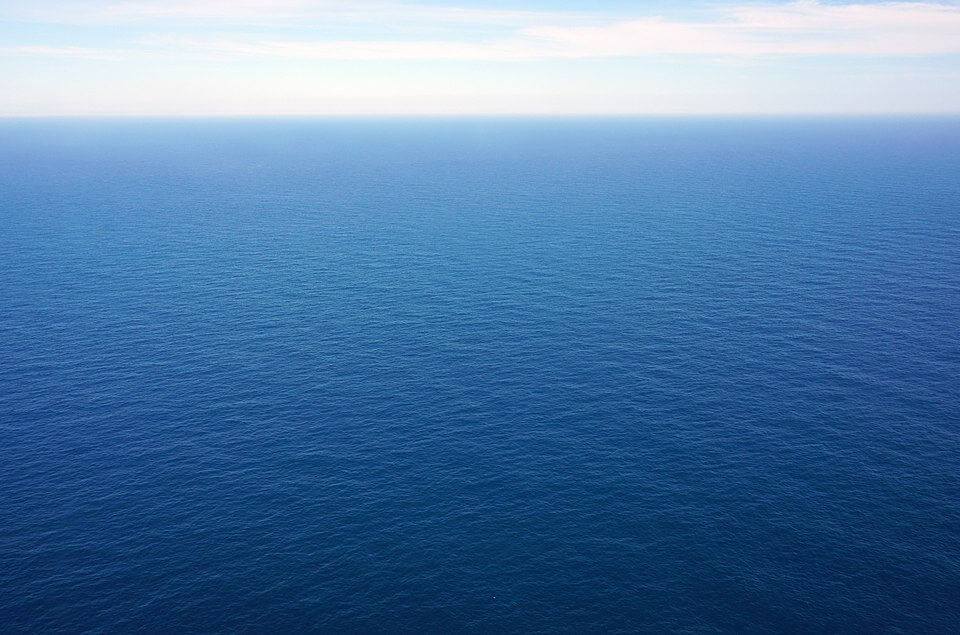
She hadn’t spoken to another human being in weeks. Her voice grew hoarse from disuse. Sometimes, she talked aloud just to hear something familiar.
She whispered to Richard. She sang old songs. She cursed the sky. Her own voice became eerie—an echo bouncing off a grief-filled shell.
The silence wasn’t peaceful. It was oppressive, loud in its emptiness. The Pacific was the biggest, loneliest graveyard she’d ever drifted through.
The Worst Night
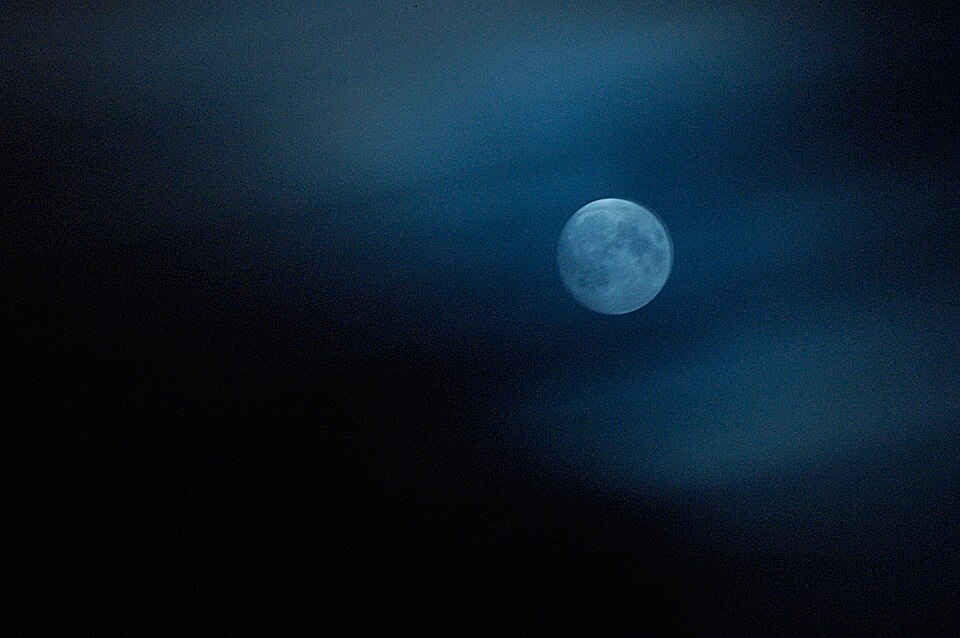
One night, a new storm hit. Not Raymond-level, but enough to thrash her patched rig and undo hours of repair. She cried. Screamed. Nearly gave up.
She thought she might capsize again. She tied herself to the boat. Said goodbye to Richard. Said goodbye to everything.
But the boat held. And she held on. Morning came. Another horrible night survived. It didn’t get easier—but she stopped expecting “easy” a long time ago.
Memories as Survival Fuel

She started replaying her favorite moments with Richard. Laughing in Tahiti, singing together, cooking awful meals on that tiny stove. Grief powered her determination.
She’d talk to him like he was still there. “Look at this mess, babe.” “What would you do with this sail?”
Richard wasn’t physically on board anymore, but his memory anchored her. When she wanted to give up, she imagined him saying, “Don’t you dare.”
The Smell of Hope
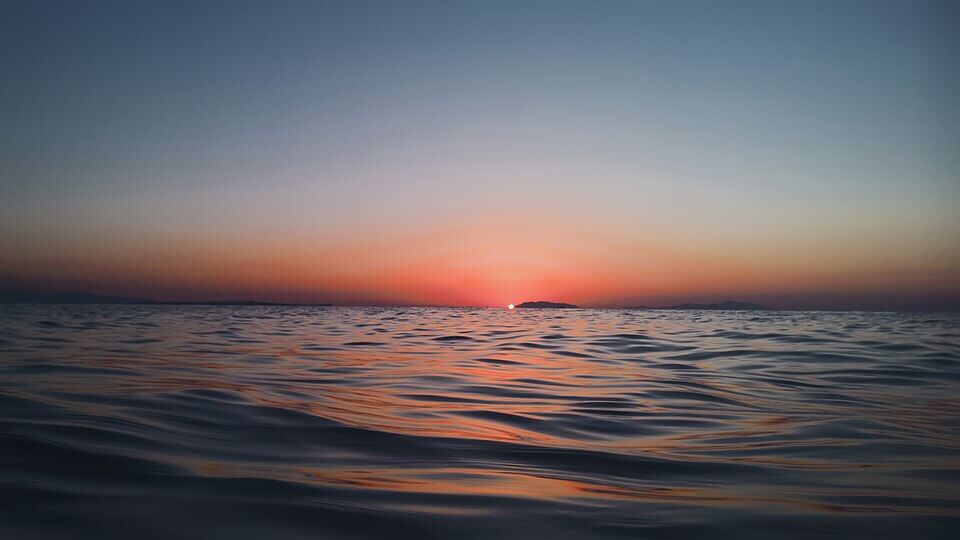
Around Day 30, she smelled something strange—land. Earth has a scent, especially when you’ve been surrounded by sea stink for over a month.
She didn’t see anything yet, but her instincts sharpened. She kept adjusting the sail, rechecking her course. Her gut told her: almost there.
The smell gave her hope. It was faint, but real. For once, the ocean gave instead of taking. It offered a hint of ending.
Land, Finally

On Day 41, she saw it—Hilo, Hawaii. Not a dream. Not a mirage. Real. Actual. Land. Solid, stable, not moving. She cried. Then laughed.
She adjusted course, pushed through aching limbs and shattered hope, and made that final stretch. Her body screamed. Her soul begged for rest.
When she docked, barefoot and barely 80 pounds, people rushed to help. “Are you okay?” They had no idea what she’d just endured.
Saying Goodbye Again
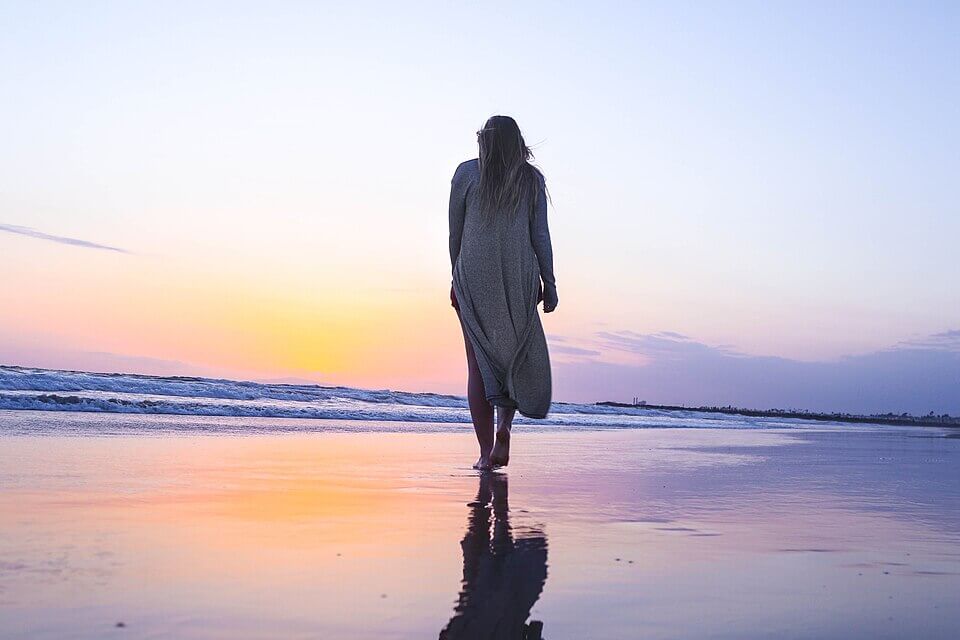
After rescue, reality hit. Richard was gone. No more hallucinations, no imaginary hand on the helm. She faced the loss in daylight. It destroyed her.
In Hawaii, she was treated for malnutrition and trauma. But physical wounds heal faster than emotional ones. Richard was still gone. Forever.
There was no funeral, no closure. Just the sea, and memories, and questions. How do you grieve someone who vanished into the waves?
Writing It Down

Eventually, she began writing her story. It wasn’t for fame. It was therapy. A way to unload the weight, stitch the trauma into sentences.
Her book, Red Sky in Mourning, chronicled the entire ordeal—love, storm, survival, loss. Writing forced her to relive it. Every terrifying detail.
But it also let her honor Richard, and her own resilience. Every chapter was a lifeline thrown back to the girl who almost didn’t make it.
Letting Hollywood Onboard
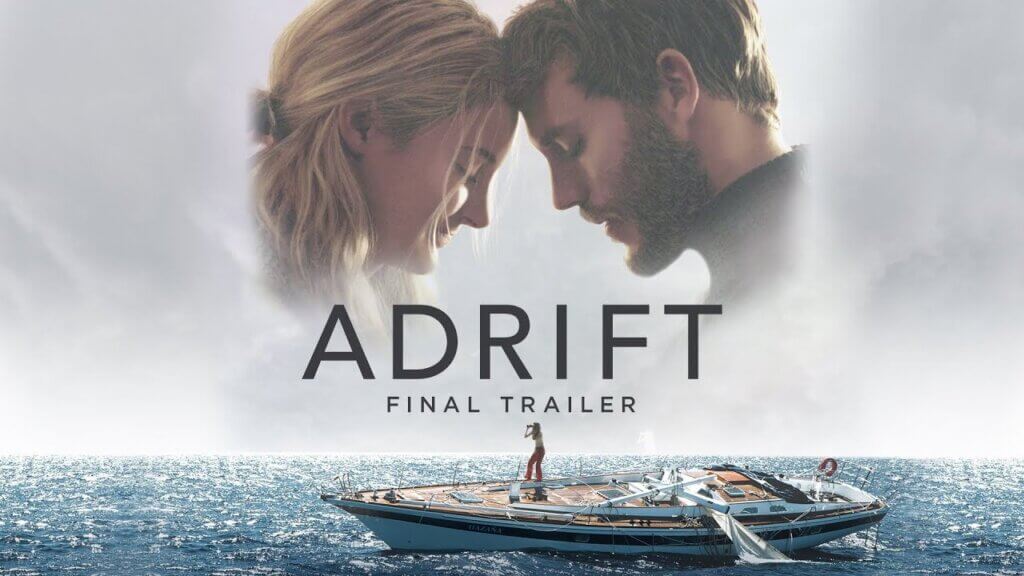
Years later, Hollywood came knocking. They wanted to adapt her story. She was hesitant. Could they get it right? Could they capture the pain?
The producers promised honesty. Rawness. No sugarcoating. She agreed. And so Adrift was born, starring Shailene Woodley as the young, fearless, grieving Tami.
She consulted on the film, helping shape scenes, correct sailing details, and bring Richard to life. The movie wasn’t perfect—but it was heartfelt.
Watching Herself on Screen
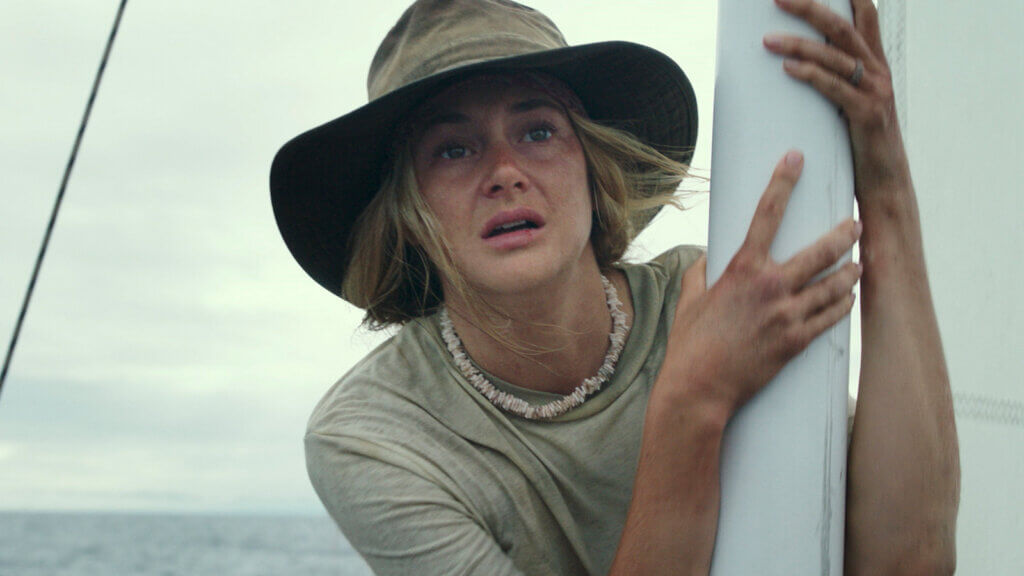
Seeing her trauma played out on screen was emotional whiplash. Tami cried during test screenings. So did half the theater. It was brutally beautiful.
Shailene’s performance moved her. “She got it,” Tami said. The heartbreak, the strength, the slow-burning agony of loss—it was all there.
The ocean scenes, the survival sequences, the moment Richard disappears—it brought back real nightmares. But she also saw her own heroism in a new light.
Reclaiming the Ocean
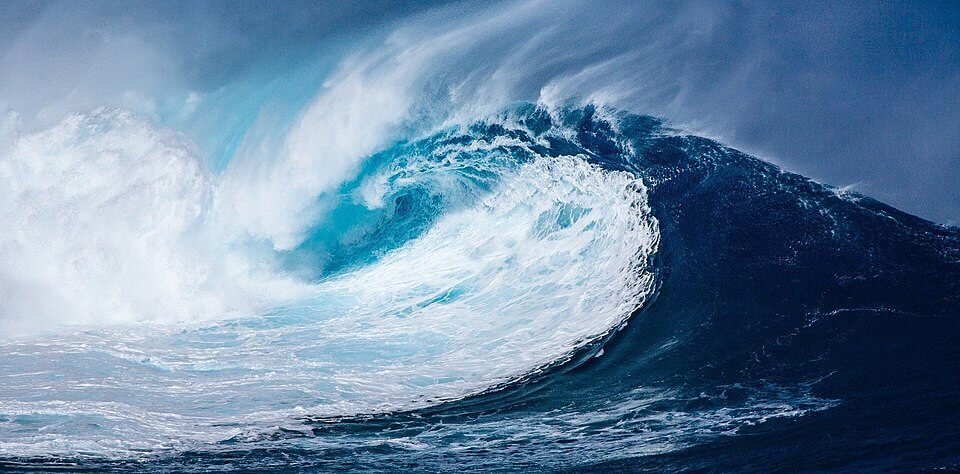
Many thought she’d never sail again. Who could blame her? But the sea was still part of her, like a scar that glimmers in sunlight.
She returned to sailing slowly—first short trips, then longer ones. With every wave, she took back a little more peace, a little more control.
The ocean didn’t win. It changed her, yes. But it didn’t break her spirit. She still sails. She still feels the wind and smiles.
Legacy in Salt and Ink
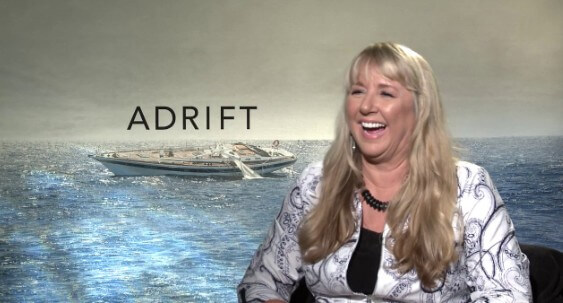
Tami now shares her story with others, not for fame, but to remind them: survival is ugly, hard, heartbreaking—and totally, undeniably possible.
She speaks at events, mentors aspiring sailors, and answers questions with honesty. No fluff, no filters—just the raw truth of what she lived.
Her story has saved lives, inspired adventurers, and made grown adults cry into their oatmeal. It’s more than a tale. It’s a storm-weathered beacon.
Grief Doesn’t Obey the Calendar
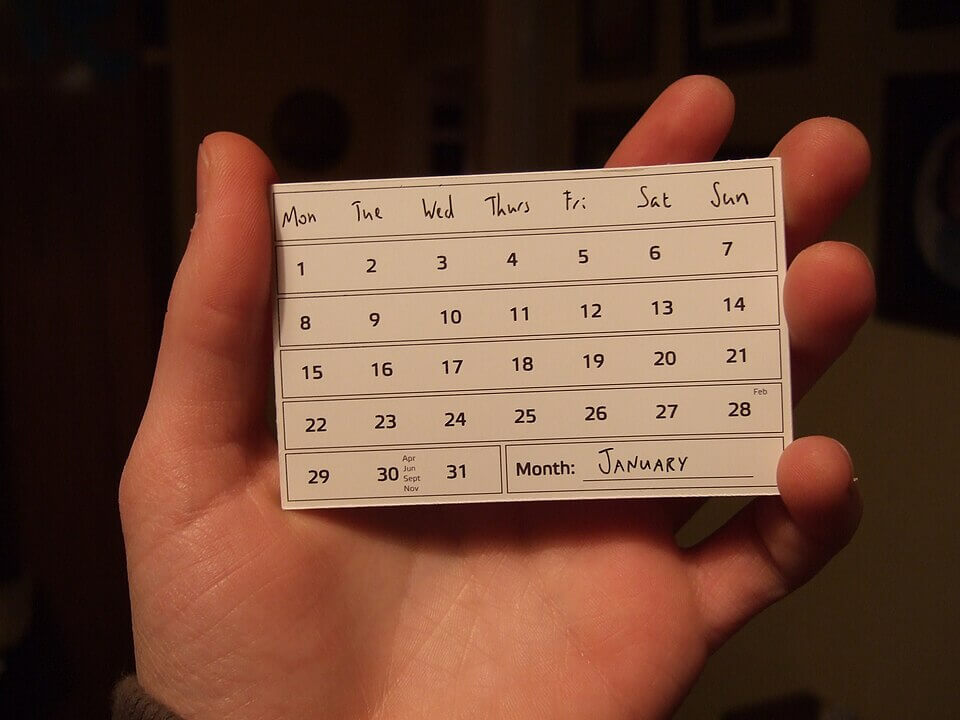
Even after the healing began, Tami learned grief doesn’t run on a schedule. It creeps in with waves, sometimes gentle, sometimes tidal, always uninvited.
She’d hear a song or smell the sea air and suddenly be back in the storm, calling for Richard, hoping he’d somehow answer.
She didn’t “move on.” She moved forward—a subtle, exhausting difference. Richard wasn’t her past. He was her compass, pointing her toward purpose, even from the beyond.
Becoming a Beacon for Others

Survivors reached out after reading her book. Strangers said her story gave them hope, showed them that endurance can coexist with pain and heartbreak.
She answered every letter, every email she could. Sometimes crying, sometimes laughing. Survivors speak the same silent language—one of resilience and fire.
She realized her story wasn’t just hers anymore. It was a lantern in the dark, lighting a path for others staggering through their own storms.
The Richard She Keeps
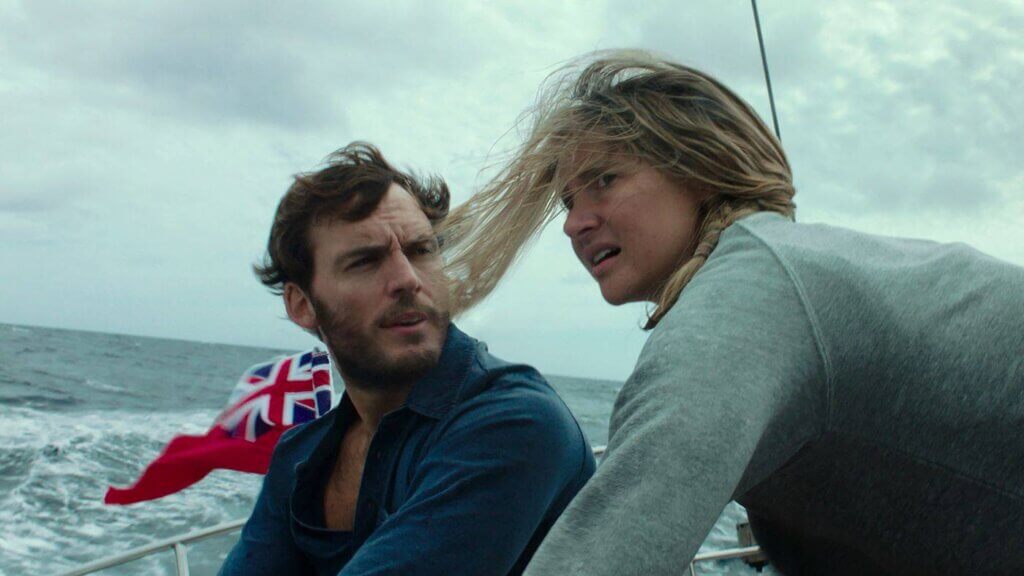
She still talks about Richard—not as a ghost, but as a chapter that never truly closed. He’s part of every horizon she sails toward.
She keeps a photo of them in Tahiti. Sun-kissed, laughing, stupidly in love. It’s painful. But it’s also a reminder of something beautiful.
She doesn’t need closure. She needs remembrance. Some loves don’t end—they just become the wind that pushes you forward when your sails are barely holding.
Lessons from the Deep
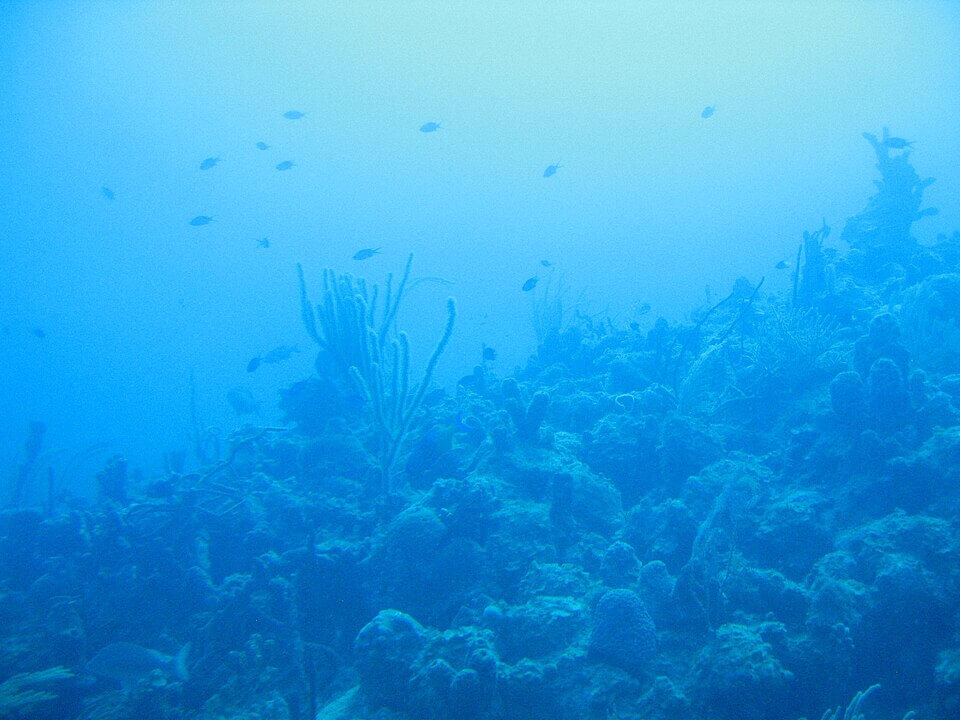
Tami says the ocean taught her brutal lessons: humility, patience, and that you’re never really in control, no matter how tightly you hold the wheel.
She learned the value of stillness, of listening, of choosing to live when every part of you wants to sink under the weight.
She also learned to laugh again—to find absurdity in pain, to crack jokes about survival rations and storms, and still be a total badass.
What Fear Feels Like
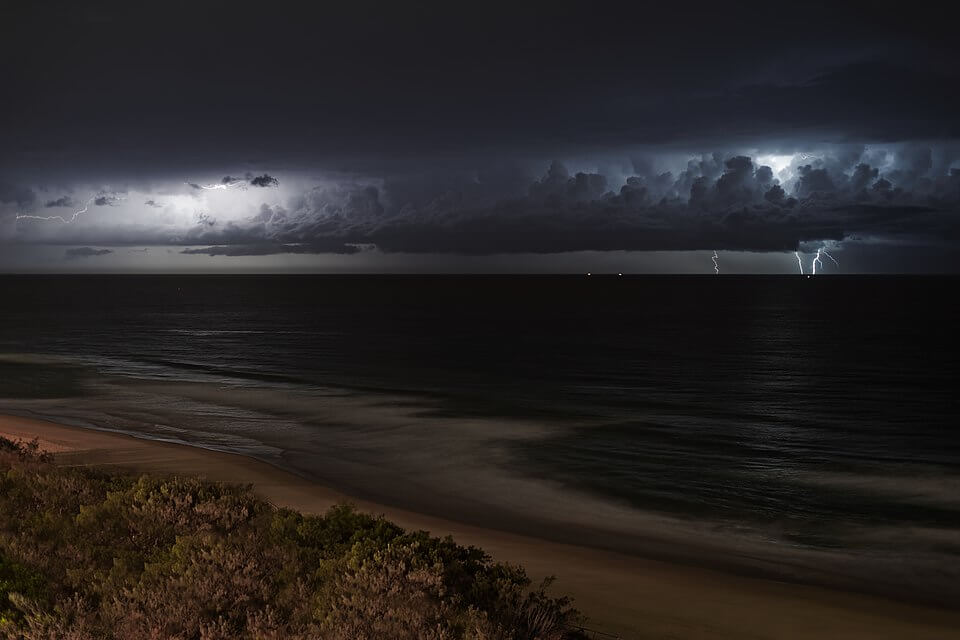
People ask her what fear felt like. She says it’s not always screaming and panic—it’s quieter, slower, like drowning while standing perfectly still.
It’s the moment before the wave hits, when your gut drops and you know something’s coming but can’t stop it. It’s chilling.
But fear also sharpens things. It taught her focus. Discipline. How to stare death in the face and say, “Not today, Poseidon.”
Women Aren’t Sidekicks at Sea
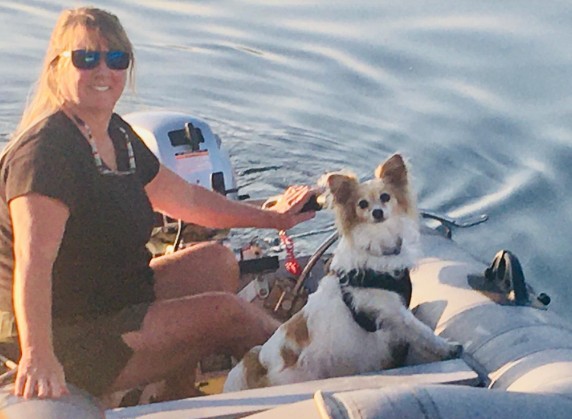
Tami shattered the damsel-at-sea trope. She wasn’t rescued—she was the rescuer. She didn’t wait. She fixed, calculated, steered, and survived. One woman. One broken boat.
She’s become an icon for female sailors, adventurers, and women tired of being told “let the man handle it.” Spoiler: she handled it.
Her story is a middle finger to stereotypes. She didn’t just survive the ocean—she dominated it, mascara-free and mad as hell.
Every Storm Passes
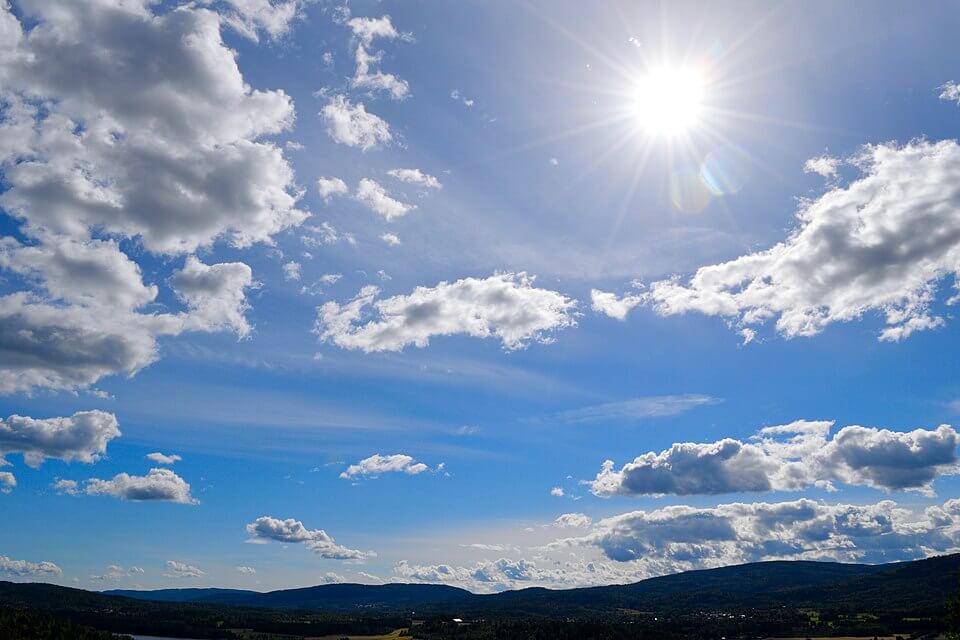
When you’re in the storm, it feels like forever. But eventually, the winds die, the sky clears, and you’re still standing—even if you’re soaked and broken.
That’s one of Tami’s biggest lessons. Pain doesn’t last forever. Nothing does. Not storms, not bliss, not heartbreak. It all passes.
The goal isn’t to avoid the storm—it’s to survive it. With tears, bruises, scars, whatever it takes. You only lose when you stop steering.
The Power of One Decision
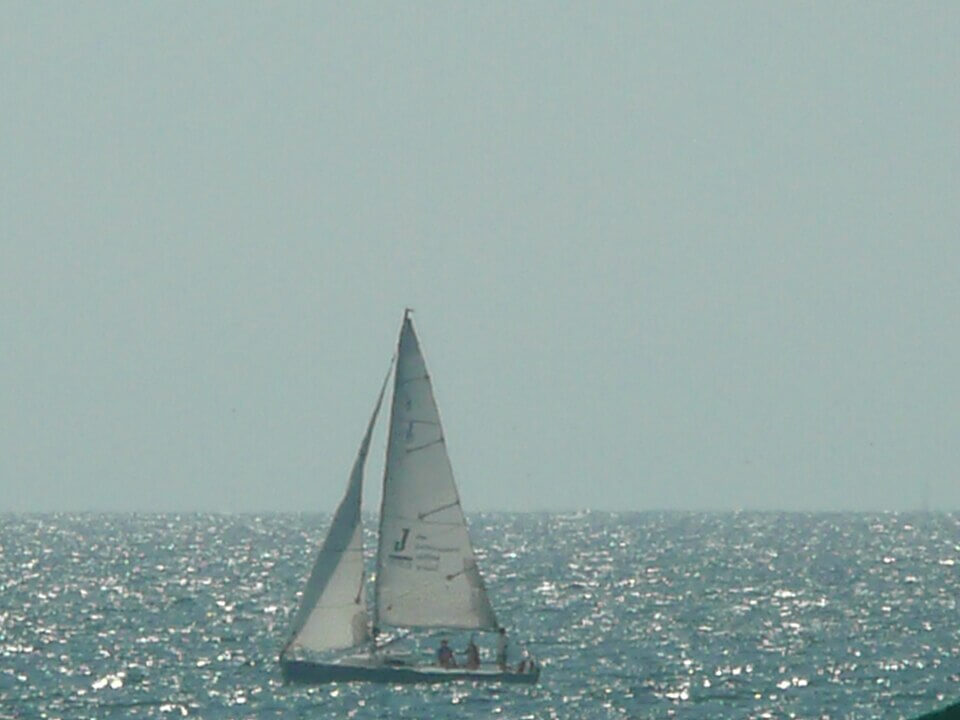
The choice to sail with Richard seemed simple at the time. Romantic, exciting. But that one decision reshaped her entire life—its loss, its strength.
Tami doesn’t regret it. If given the chance, she says she’d still go. Love is worth risking the storm, even the fatal one.
Sometimes, the biggest adventures begin with the smallest “yes.” And sometimes, survival starts with choosing not to give up—just once. Then again. Then again.
Survival Isn’t Sexy
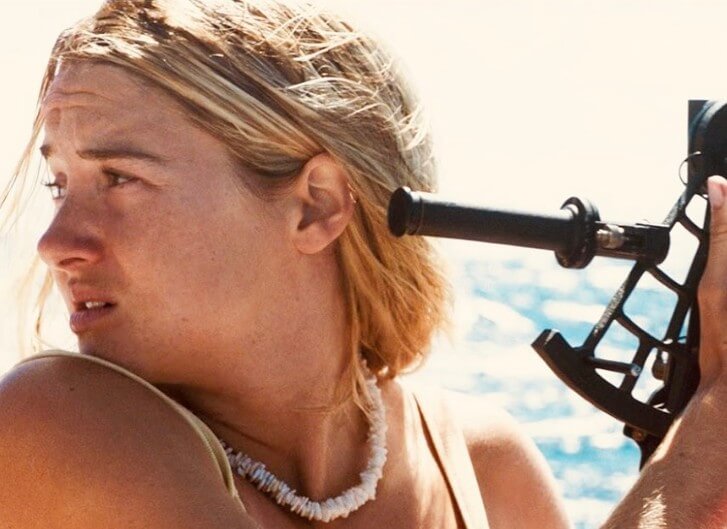
People romanticize survival stories, but Tami sets the record straight: there’s nothing glamorous about puking from dehydration or crying over your last can of pineapple.
She lost weight, lost teeth, lost her fiancé. She didn’t “thrive”—she survived. Dirty, sunburned, grieving, and furious. And that’s still a triumph.
Survival isn’t a montage. It’s crawling forward with bloody knuckles, whispering “not yet,” and swearing at the sky while sewing sails with trembling hands.
A Story Etched in Salt
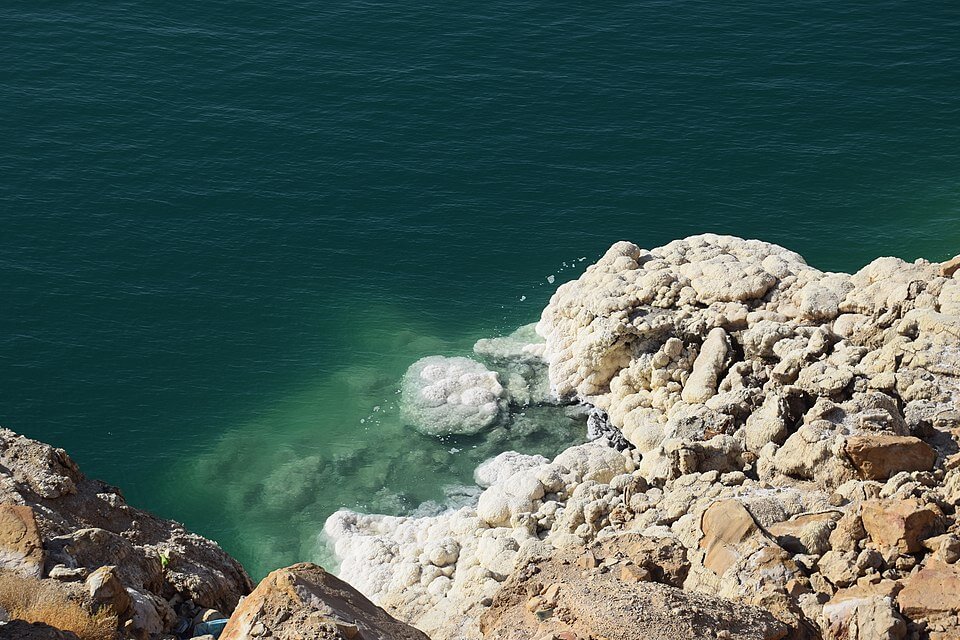
Her story isn’t just printed in books or played on movie screens—it’s etched in salt, in scars, in starlight seen from an endless, black ocean.
It’s in the way she walks into a marina, in how she holds a rope, in every breath that wasn’t swallowed by the sea.
Survival stories don’t end when the boat docks. They ripple through time, through other people’s storms, reminding them they, too, might make it ashore.
Becoming Her Own Lighthouse
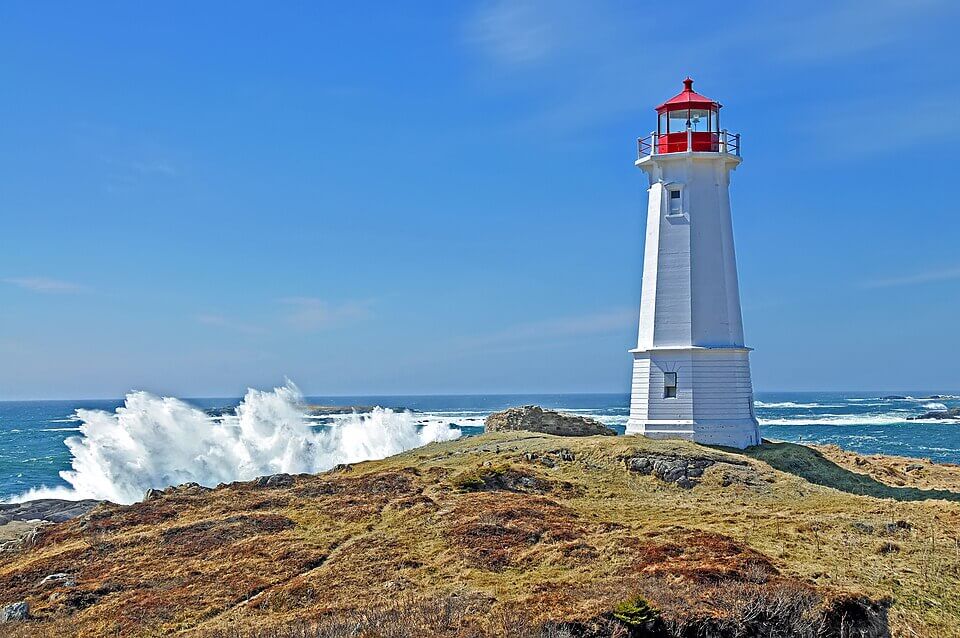
No one guided Tami to safety. No ship came. No miracle. She became the lighthouse—bruised, blinking, battered, but steady enough to find her own way.
She still beams today, helping others navigate their pain, not by preaching—but by saying, “Me too. I know. Here’s the map I drew.”
Lighthouses don’t move. They stay. They shine. They weather storms in place. And that’s what Tami became—unmoving in spirit, glowing through fog.
The Sea Giveth and Taketh

The sea took Richard. But it also gave her resilience, purpose, and a second chance. Tami hates it. She loves it. It’s complicated.
She knows she can never beat it, but she can meet it—every wave, every whisper of wind, every shadow in the blue.
That’s the paradox: the place that broke her also built her. Her grief floats beside her, but so does the woman she became.
Every Day Is Bonus Time
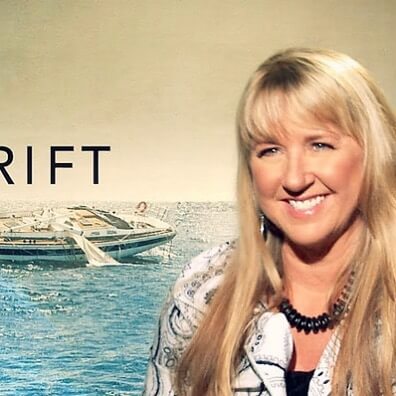
Tami doesn’t take things for granted. Not sunshine, not coffee, not sturdy floors that don’t rock. She knows every day is one she almost didn’t get.
She lives slowly, fully. No need to rush. After facing death for 41 days, you stop hurrying through life like it’s a to-do list.
She gardens. She writes. She sails. And sometimes she just sits quietly, remembering the storm, and how she made it through, breath by breath.
The Storm Didn’t Win
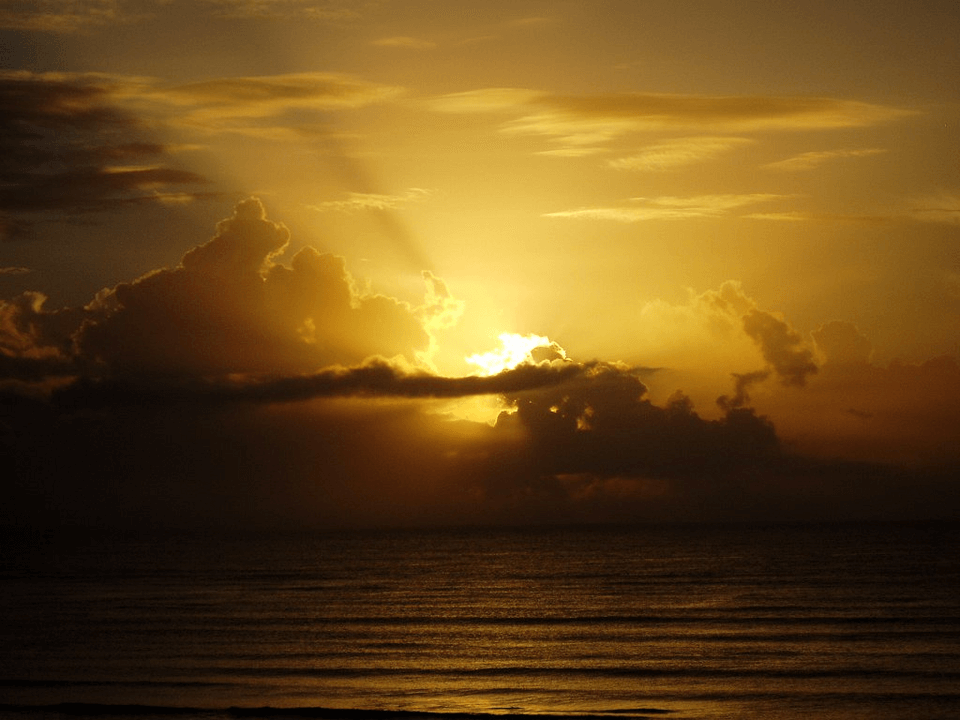
In the end, Tami Oldham didn’t just survive Hurricane Raymond—she outlived it. Outsailed it. Outwrote it. The storm took Richard, but it didn’t take her.
She came back broken, yes—but rebuilt. With calloused hands, a burning heart, and a story that now lives in books, film, and whispered inspiration.
The storm didn’t win. She did. Forty-one days alone on the ocean, and now a lifetime reminding the rest of us: we can, too.
